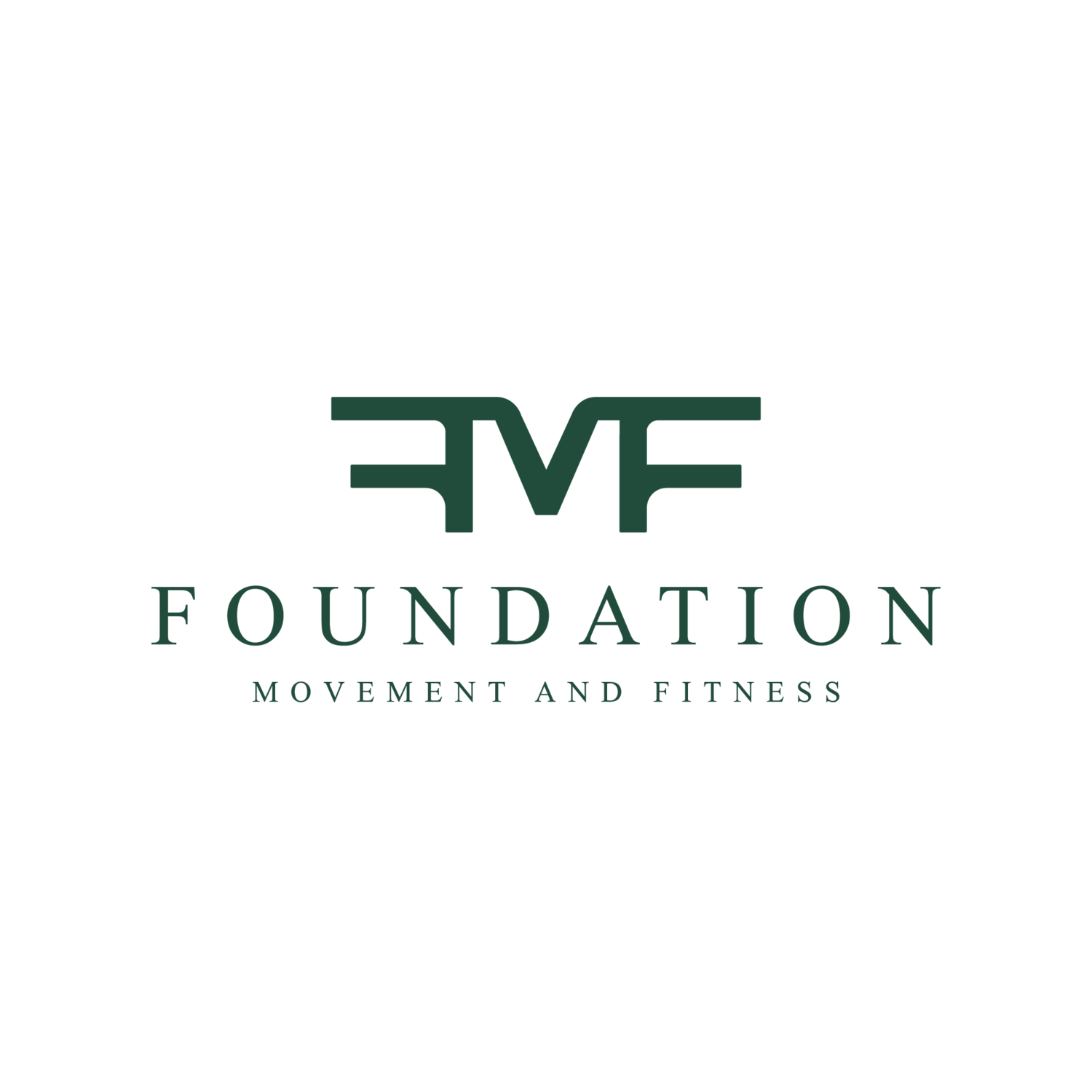This week we are jumping into an introduction to a series on plyometrics: Focusing in on speed, agility, and quickness training which have some common threads.
There are many reasons and benefits to train plyometrics. There is also a wider range of clients who use plyometrics, more so than we think. Geriatric clients are a prime example of people to train plyo that tend to surprises people. When thinking about plyo most people think jumping, Olympic lifting, high impact movements, and sometimes it seems like it’s only appropriate for high level athletes but that’s actually far from the truth!
While Plyometric training does indeed include a lot of speed, agility, and quickness training (SAQs). Along with training powerful and explosive movements at different levels and degrees of intensity, that can translate very well into high intensity sports as well as everyday functional movements for young kids all the way to geriatric patients.
As we know, everyone should train strength and stability. However, once people have developed a reasonable amount of success in those areas, plyometric movements can and should start to be incorporated in an intentional, smart manner.




